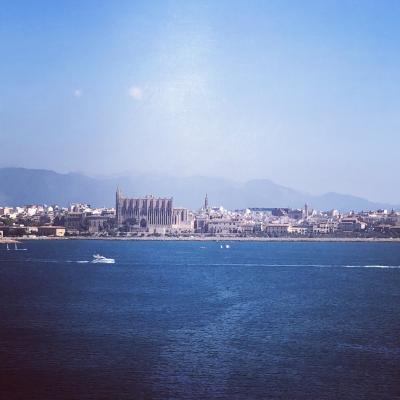What historical figures are commonly honored through Palma’s street naming?
Similar Topics
palma street naming
balearic islands history
king jaume i
ramon llull
spanish historical figures
mallorca conquest
spanish golden age
palma cultural heritage
Palma, the capital of the Balearic Islands in Spain, is a city rich in history and culture, and this heritage is clearly reflected in the naming of its streets. Many of the streets in Palma pay homage to important historical figures from both local and broader Spanish history, underscoring their contributions to art, politics, exploration, and scholarship. Prominent among these are monarchs and leaders who played key roles in the region’s development, as well as influential cultural figures who have shaped Spain’s artistic and literary traditions.
One notable example is streets named after King Jaume I (James I of Aragon), the monarch responsible for the conquest of Mallorca in the 13th century, which established Christian rule over the island and integrated it into the Crown of Aragon. Similarly, streets often honor figures such as Ramon Llull, a medieval philosopher, logician, and writer from Mallorca whose work had a significant impact on European thought and the promotion of the Catalan language. These names serve not only as directional markers but also as constant reminders of the island’s rich and diverse past.
In addition, Palma’s street names sometimes commemorate renowned artists and intellectuals from Spain’s Golden Age and beyond, reflecting the city’s pride in its cultural heritage. Poets, painters, and other creative minds who have contributed to national and regional identity are often remembered in this way. This tradition of commemorating historical figures through street names helps create a living connection between Palma’s present-day urban environment and the historical narratives that have shaped it over centuries, offering visitors and residents alike an opportunity to engage with history in a tangible, everyday manner.
One notable example is streets named after King Jaume I (James I of Aragon), the monarch responsible for the conquest of Mallorca in the 13th century, which established Christian rule over the island and integrated it into the Crown of Aragon. Similarly, streets often honor figures such as Ramon Llull, a medieval philosopher, logician, and writer from Mallorca whose work had a significant impact on European thought and the promotion of the Catalan language. These names serve not only as directional markers but also as constant reminders of the island’s rich and diverse past.
In addition, Palma’s street names sometimes commemorate renowned artists and intellectuals from Spain’s Golden Age and beyond, reflecting the city’s pride in its cultural heritage. Poets, painters, and other creative minds who have contributed to national and regional identity are often remembered in this way. This tradition of commemorating historical figures through street names helps create a living connection between Palma’s present-day urban environment and the historical narratives that have shaped it over centuries, offering visitors and residents alike an opportunity to engage with history in a tangible, everyday manner.
🧩 Related Questions
Related Question
What are the best times of year to visit Cuber Reservoir and Gorg Blau for optimal natural scenery?
Related Question
What are the key ingredients and flavors that define Mallorca’s sobrassada sausage?
Related Question
How does the presence of the Eurasian Scops Owl in Mallorca indicate the health of the local ecosystem?

